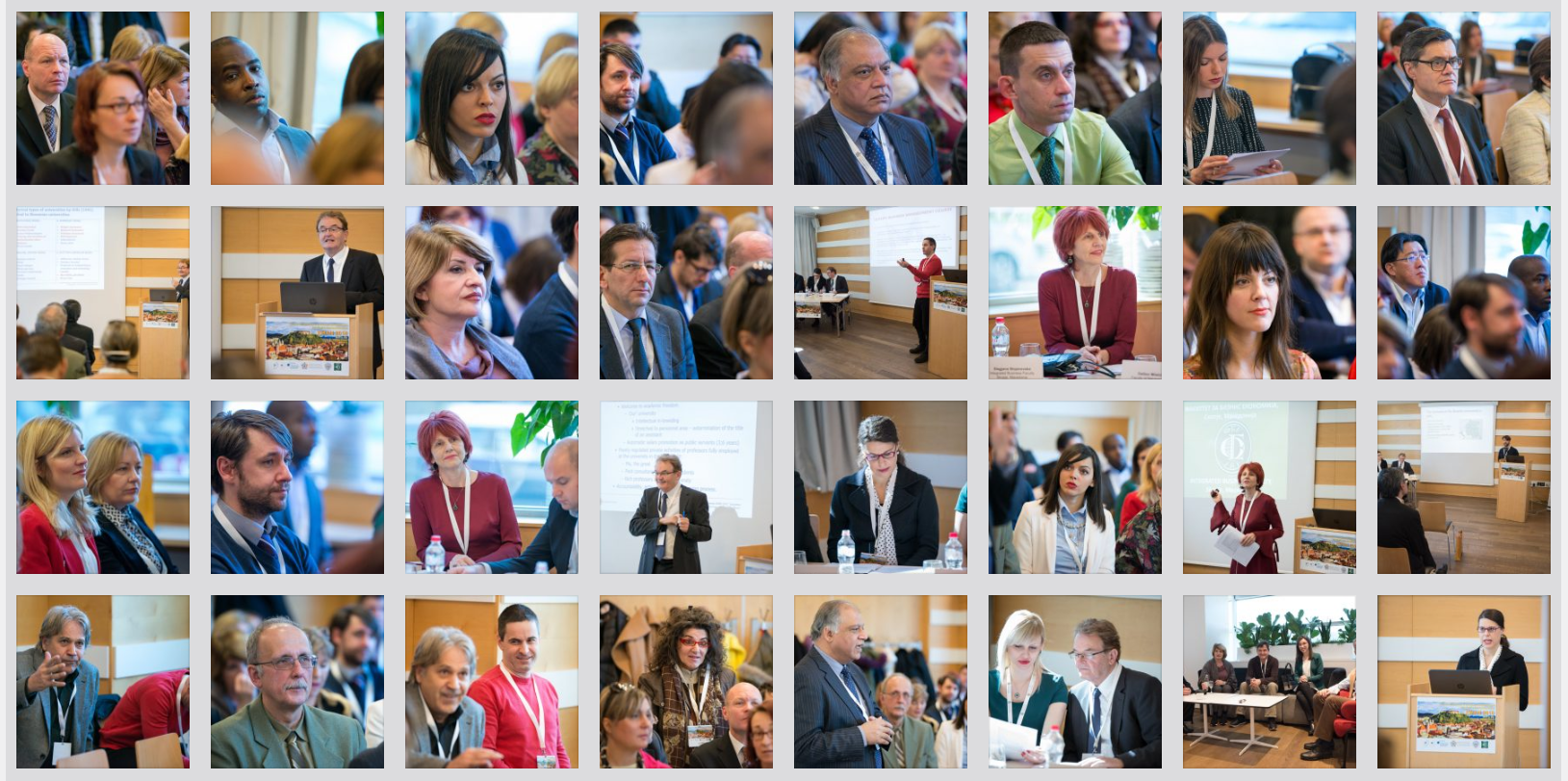Elena Makrevska Disoska – Faculty of Economics – Skopje, Ss. Cyril and Methodius University in Skopje, Republic of North Macedonia
Irena Kikerkova – Faculty of Economics – Skopje, Ss. Cyril and Methodius University in Skopje, Republic of North Macedonia
Katerina Toshevska – Trpchevska – Faculty of Economics – Skopje, Ss. Cyril and Methodius University in Skopje, Republic of North Macedonia
Jasna Tonovska – Faculty of Economics – Skopje, Ss. Cyril and Methodius University in Skopje, Republic of North Macedonia
Keywords:
Intra-EU trade;
Gravity model;
Measure of Aggregate Trade
Restrictions
Abstract: The objective of this paper is to explore the factors that stimulate trade among EU countries and pinpoint areas that require improvement to foster a further increase in trade intensity within the region. The focus is on the effect of aggregate trade restrictions, which are based on the novel indicator Measure of Aggregate Trade Restrictions (MATR), developed by the IMF. The empirical analysis consists of the estimation of a gravity panel model for the 28 EU member countries (including Great Britain) for the period from 1999-2020, by implementing both Ordinary least squares (OLS) and Poisson Pseudo Maximum Likelihood (PPML) estimators. The results show that the Eurozone membership has positive effects on increasing intra-EU trade, whereas the MATR indicator has significant negative effects, suggesting that the elimination of the remaining trade restrictions could lead to a further boost of intra-EU trade.

Download full paper

7th International Scientific Conference – EMAN 2023 – Economics and Management: How to Cope With Disrupted Times, Ljubljana, Slovenia, March 23, 2023, SELECTED PAPERS, published by: Association of Economists and Managers of the Balkans, Belgrade, Serbia; ISBN 978-86-80194-70-7, ISSN 2683-4510, DOI: https://doi.org/10.31410/EMAN.S.P.2023
Creative Commons Non Commercial CC BY-NC: This article is distributed under the terms of the Creative Commons Attribution-Non-Commercial 4.0 License (https://creativecommons.org/licenses/by-nc/4.0/) which permits non-commercial use, reproduction and distribution of the work without further permission.
Anderson, J., & Neary, P. (2005). Measuring the Restrictiveness of Trade Policy, Boston, MIT Press.
Anderson, J. E., & van Wincoop, E. (2003). Gravity with Gravitas: A Solution to the Border Puzzle. American Economic Review, 93(1), 170-192. https://doi.org/10.1257/000282803321455214
Beck, K. (2020). Determinants of Intra-Industry Trade: An Investigation with Bma for the European Union. Journal of International Business Research and Marketing, 5(6), 19-22. https://doi.org/10.18775/jibrm.1849-8558.2015.56.3003
Coughlin, C. C. (2010). Measuring International Trade Policy: A Primer on Trade Restrictiveness Indices. Review, 92(5). https://doi.org/10.20955/r.92.381-94
Estefania-Flores, E., Furceri, D., Hannan, S. A., Ostry, J. D., & Rose, A. K. (2022). A Measurement of Aggregate Trade Restrictions and their Economic Effects. IMF Working Papers, WP/22/1. https://doi.org/10.5089/9781616359645.001
European Commission. (2023). Annual Single Market Report: Single Market at 30, Commission Staff Working Document.
Eurostat. (2022). International Trade in Goods – An Overview, Eurostat Statistics Explained.
Felbermayr, G., Groschl, J., & Heiland, I. (2018). Undoing Europe in a new quantitative trade model. ifo Working papers 250-2018, January 2018.
Freeman, D., Meijerink, G., & Teulings, R. (2022). Trade benefits of the EU and the Internal Market. CPB Communication.
Gunnella, V., Lebastard, L., Lopez-Garcia, P., Serafini, R., & Mattioli, A. Z. (2021). The Impact of the Euro on Trade: Two Decades into Monetary Union. SSRN Electronic Journal. https://doi.org/10.2139/ssrn.3941630
Head, K. (2003). “Gravity for beginners”, mimeo, University of British Columbia.
Imbruno, M. (2021). A micro-founded approach to exploring gains from trade integration: Evidence from 27 EU countries. The World Economy, 44(3), 706-732. https://doi.org/10.1111/twec.13027
in ’t Veld, J. (2019). The economic benefits of the EU Single Market in goods and services. Journal of Policy Modeling, 41(5), 803-818. https://doi.org/10.1016/j.jpolmod.2019.06.004
Looi Kee, H., Nicita, A., & Olarreaga, M. (2009). Estimating Trade Restrictiveness Indices. The Economic Journal, 119(534), 172-199. https://doi.org/10.1111/j.1468-0297.2008.02209.x
Mayer, T., Vicard, V., & Zignago, S. (2019). The cost of non-Europe, revisited*. Economic Policy, 34(98), 145-199. https://doi.org/10.1093/epolic/eiz002
The National Board of Trade. (2015). Economic Effects of the European Single Market Review of the Empirical Literature, Kommerskollegium Report, https://www.heritage.org/index/trade-freedom
Silva, J. S., & Tenreyro, S. (2006). The log of gravity. The Review of Economics and Statistics, 88(4), 641-658.
Spornberger, J. (2022). EU integration and structural gravity: A comprehensive quantification of the border effect on trade. Review of International Economics, 30(4), 915-938. https://doi.org/10.1111/roie.12589
Stehrer, R., Leitner, S., Marcias, M., Mirza, D., Pindyuk, O., Siedschlag, I., Stöllinger, R., & Studnicka, Z. (2016). The Evolving Composition of Intra-EU Trade, wiiw Research Report, No 414.
WorldAtlas. (n.d.). http://www.worldatlas
Yotov, Y. V., Piermartini, R., Monteiro, J.-A., & Larch, M. (2016). An Advanced Guide to Trade Policy Analysis : The Structural Gravity Model. https://doi.org/10.30875/abc0167e-en

